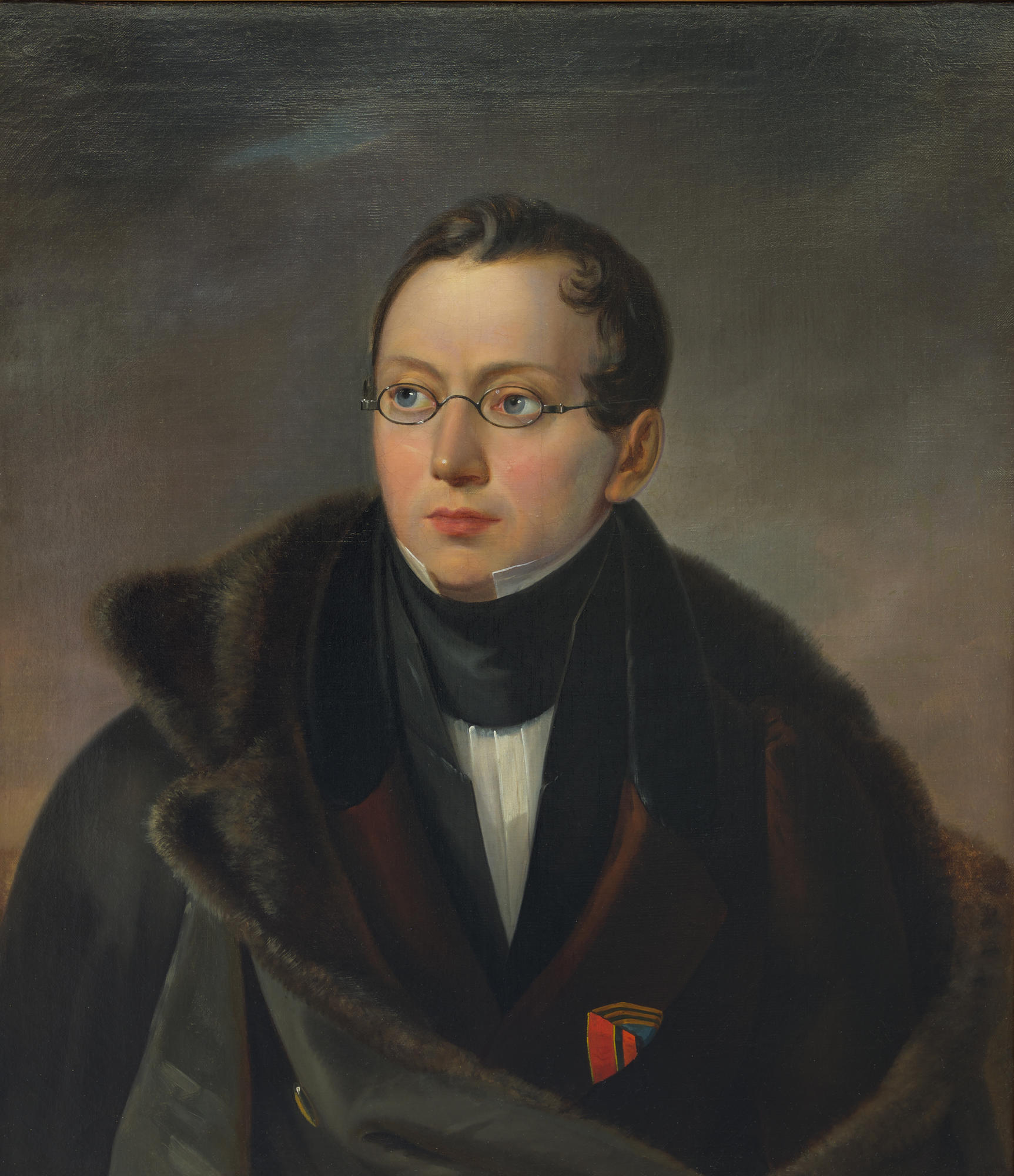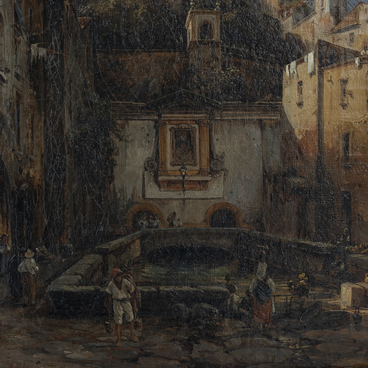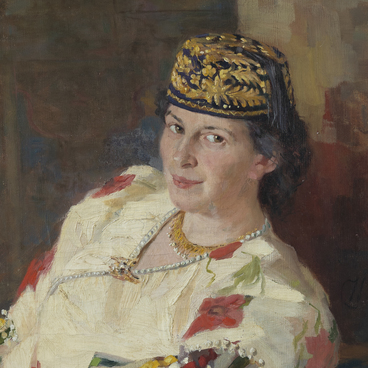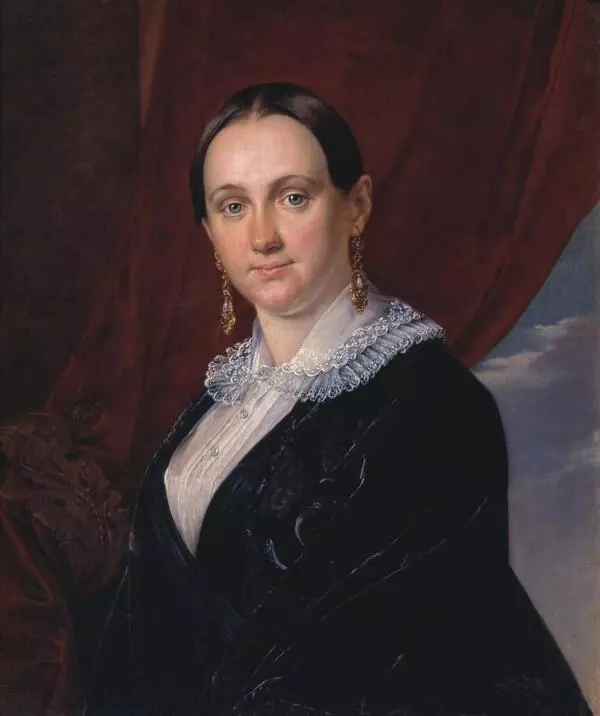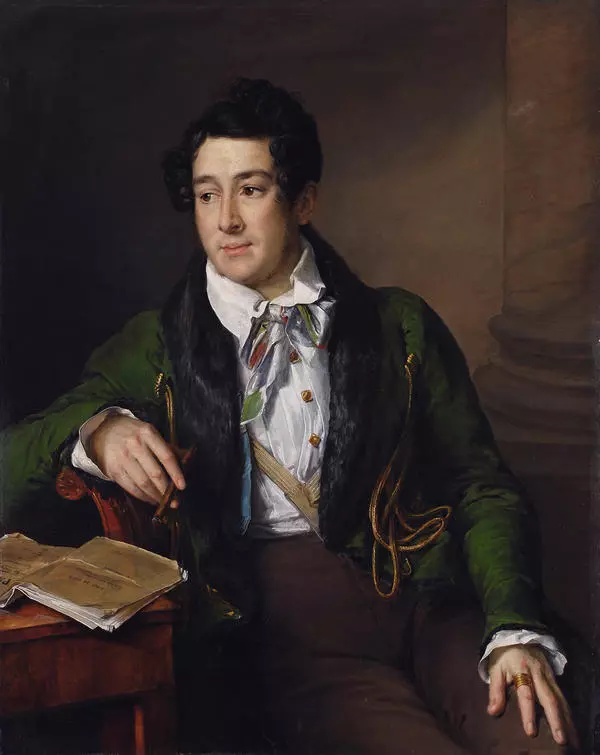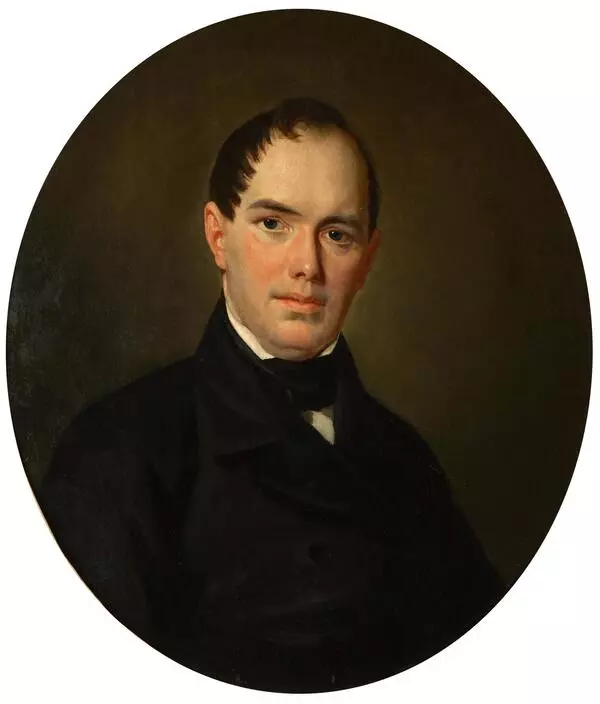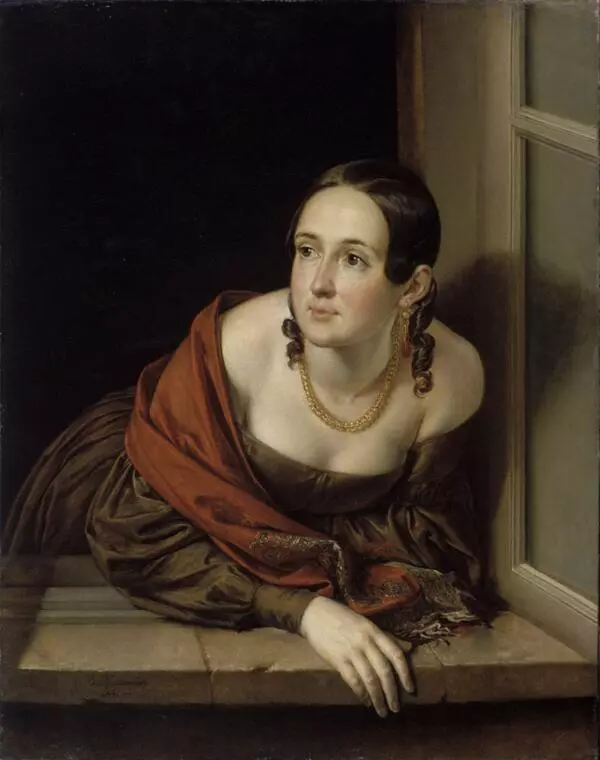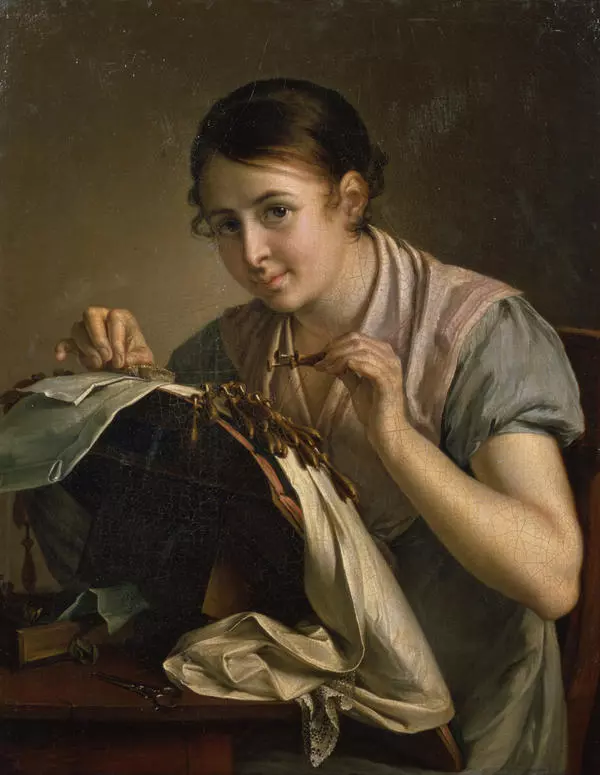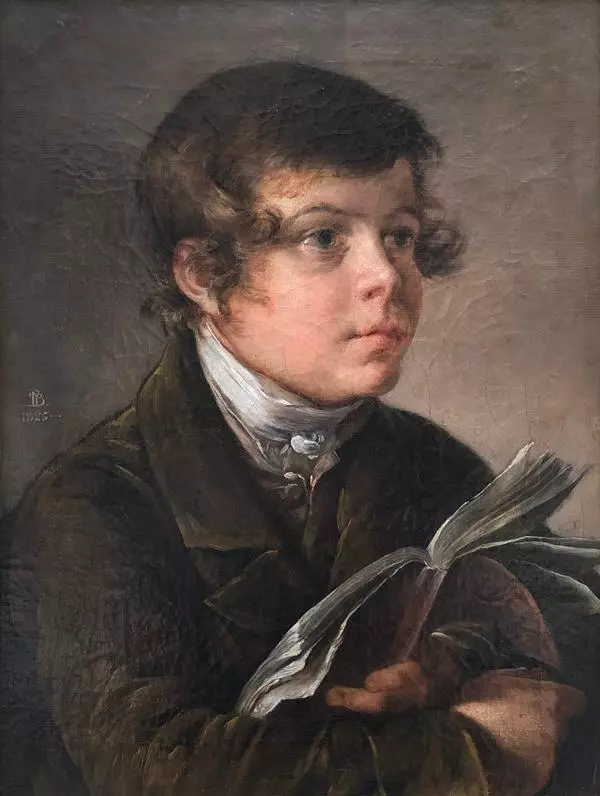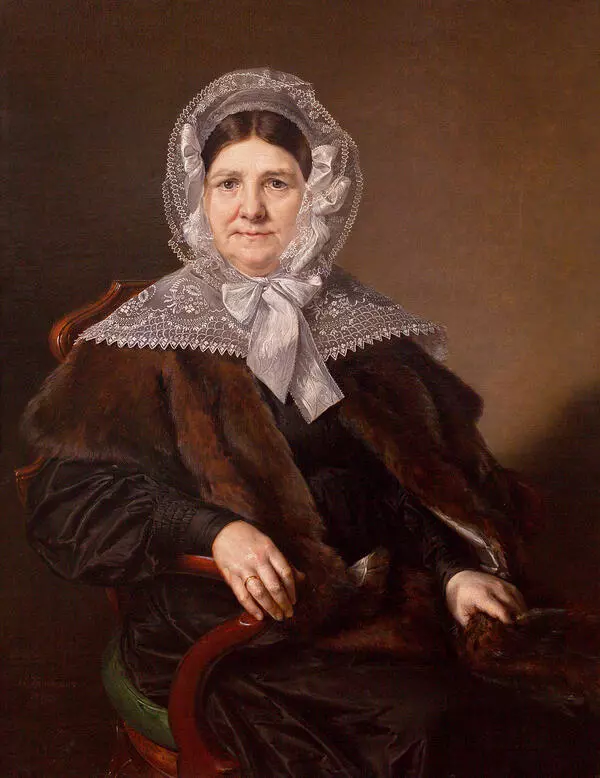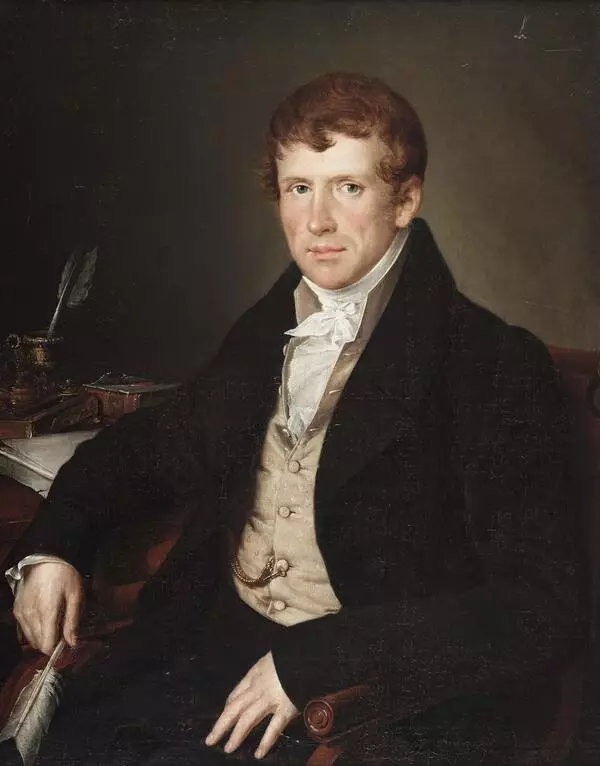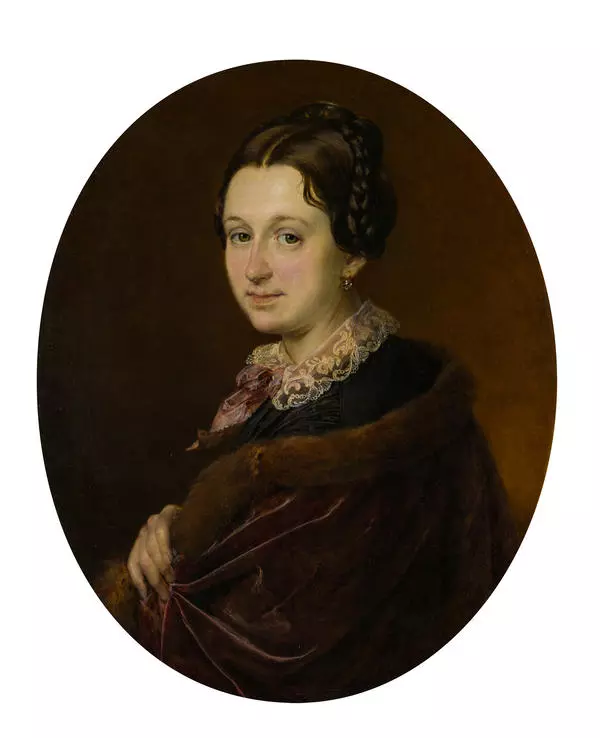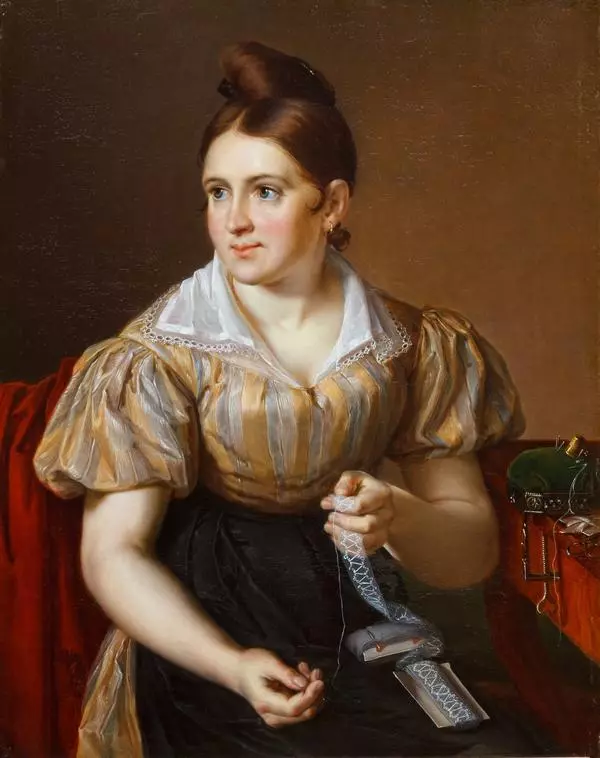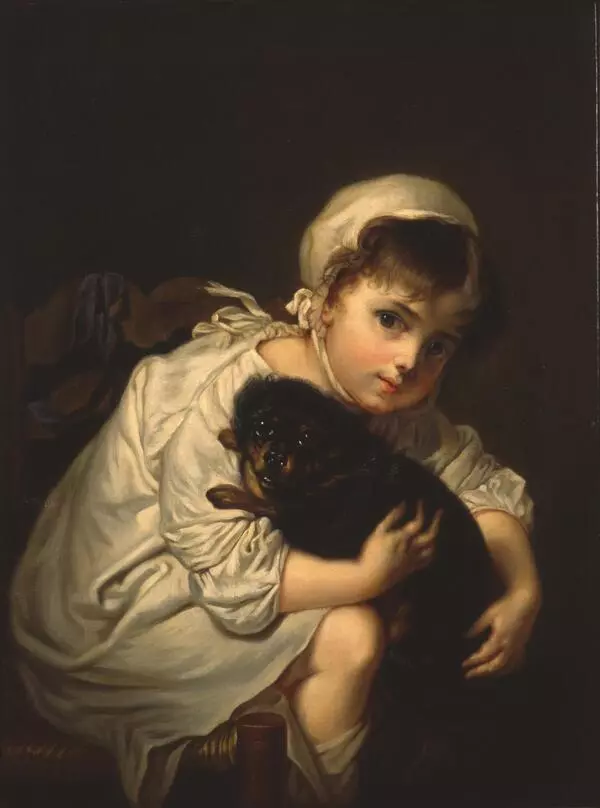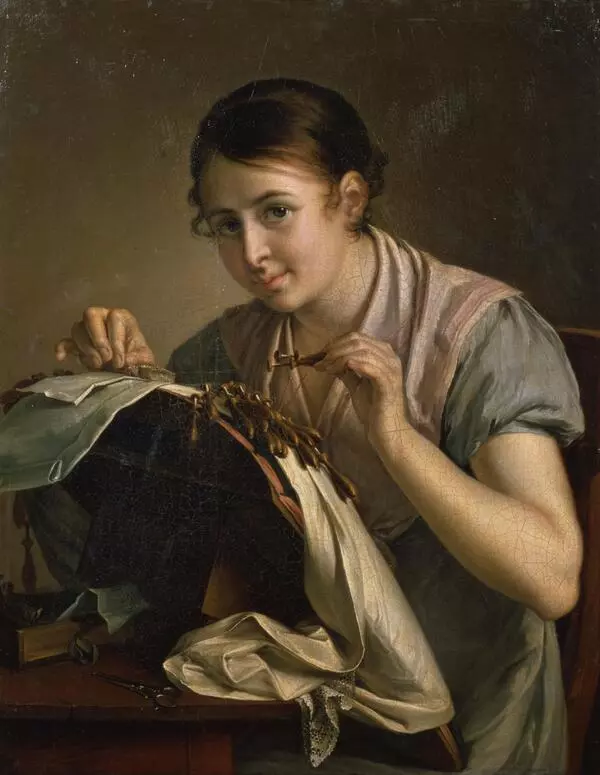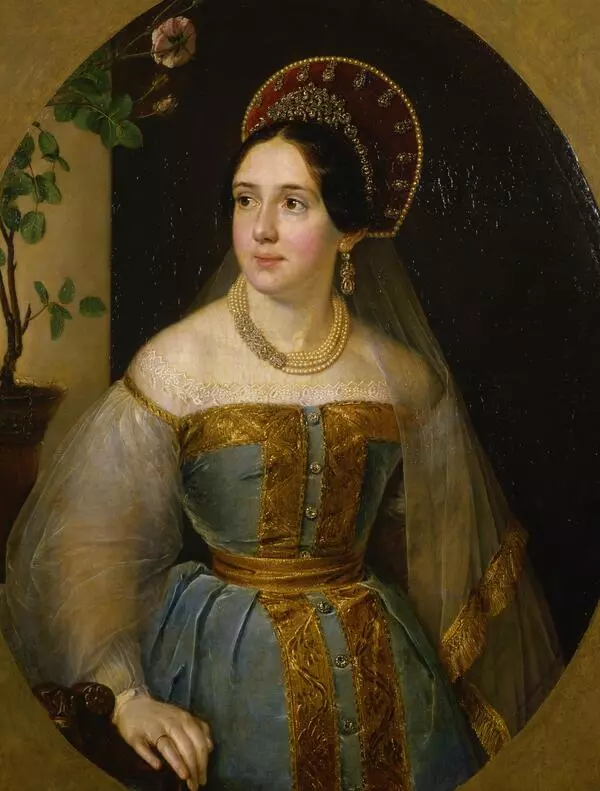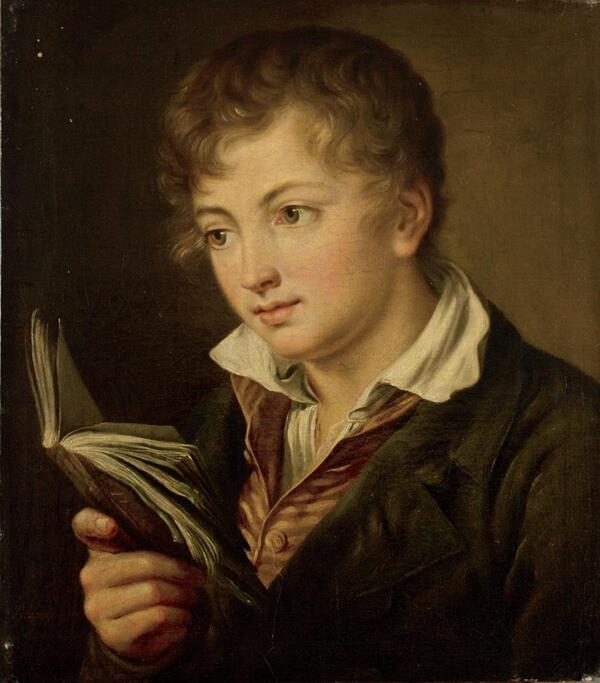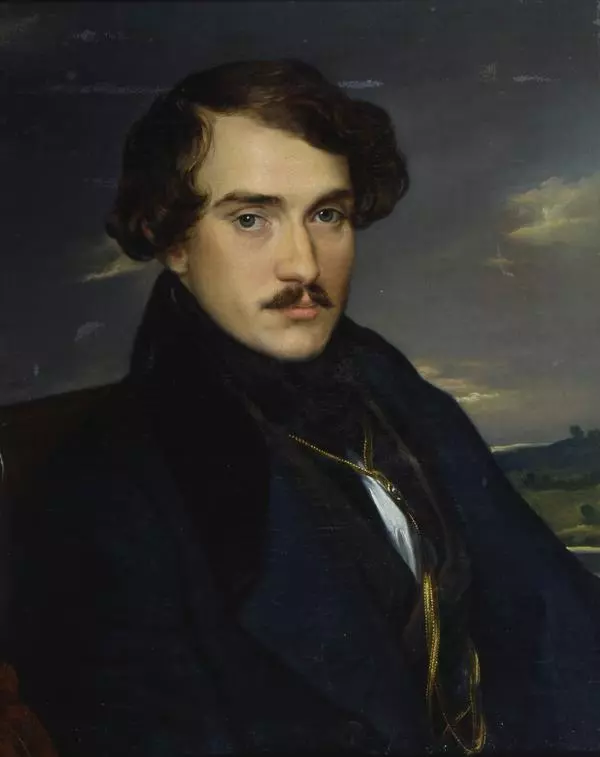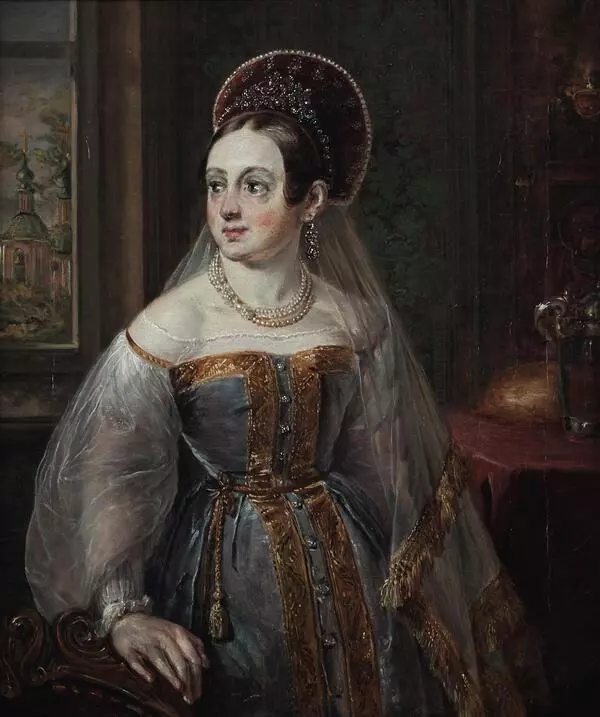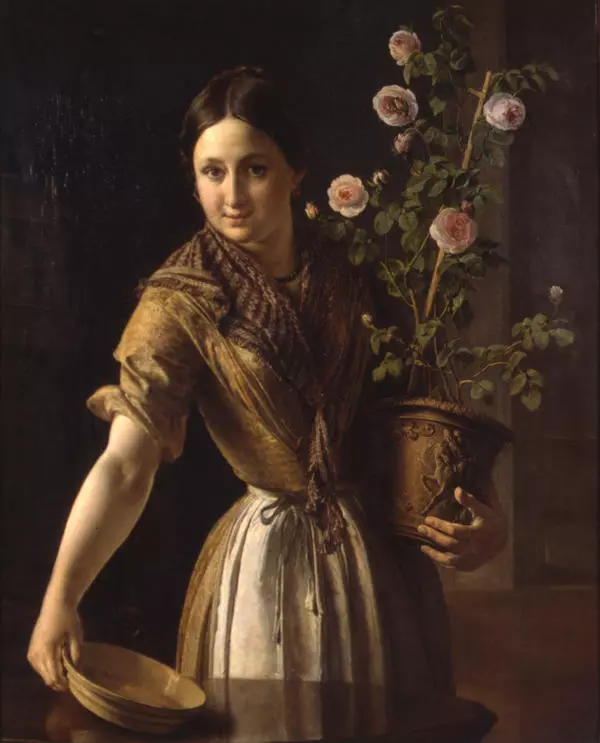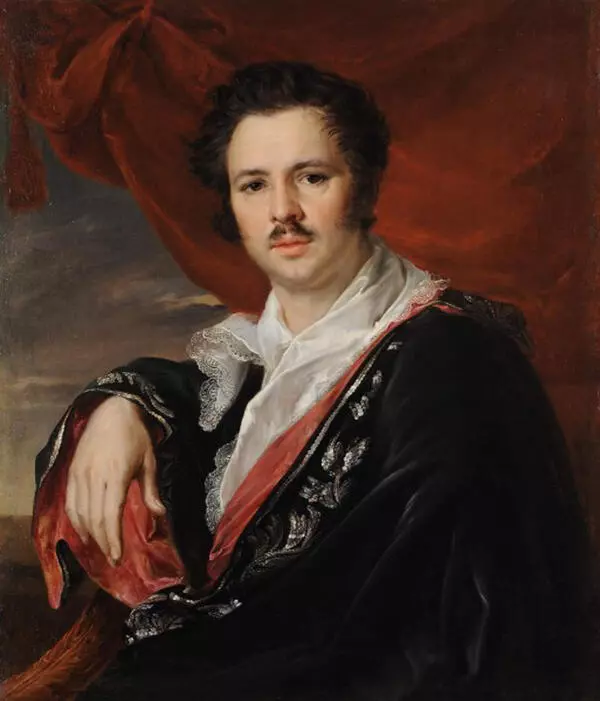Tyumen Art Gallery received the portrait of Alexander Vsevolodovich Vsevolozhsky from Tobolsk Local History Museum in 1958. Earlier, an employee of the State Museum Fund took this portrait from Alexandrovskoye estate of Vsevolozhsky family. In the end of the 19th century Pavel Ryabushinsky, a prominent industrialist, acquired this estate. Then Panteleimon Chukomin, an artist, brought this portrait to Tobolsk.
Vasily Tropinin, a popular portrait painter famous for his portrait of Alexander Pushkin, created this portrait of Vsevolozhsky, a participant of the Patriotic War of 18812 and a member of the Green Lamp society. Alexander Vsevolozhsky was the poet’s friend. The Green Lamp literature society was founded in the house of Nikita and Alexander Vsevolozhsky in Saint Petersburg downtown, where the cream of Russian literature got together with “unvarying champagne”. Vasily Zhukovsky brought young Pushkin there. Pushkin described Vsevolozhsky family in his unfinished novel Russian Pelham. Artists were frequent guests at Vsevolozhskys including Tropinin, who by that time had already made himself a name as a talented portrait painter.
He created a romantic image of Vsevolozhsky paying tribute to his lofty nature. The lapel of Vsevolozhsky’s trench carries cordon braids including the braid of the silver medal ‘For the Seizure of Paris on March 19, 1814’. In all likelihood, the artist received the commission for this portrait upon receiving this award. The first issue of such medals according to the order of Nikolay the 1st took place on March 19, 1826. Being the participant of the battles of 1814, Vsevolozhsky received the medal during the period between March and mid-December 1826, and took part in the ceremonial procession – the litany. The litany and the commemoration in front of the portraits of the heroes and commanders of the Patriotic War in the special hall of the Winter Palace was a very important event for Saint Petersburg and especially for the participants of the war of 1812–14s. The portrait by Tropinin shows Alexander Vsevolozhsky’s involvement in those landmark historic events.
He created a romantic image of Vsevolozhsky paying tribute to his lofty nature. The lapel of Vsevolozhsky’s trench carries cordon braids including the braid of the silver medal ‘For the Seizure of Paris on March 19, 1814’. In all likelihood, the artist received the commission for this portrait upon receiving this award. The first issue of such medals according to the order of Nikolay the 1st took place on March 19, 1826. Being the participant of the battles of 1814, Vsevolozhsky received the medal during the period between March and mid-December 1826, and took part in the ceremonial procession – the litany. The litany and the commemoration in front of the portraits of the heroes and commanders of the Patriotic War in the special hall of the Winter Palace was a very important event for Saint Petersburg and especially for the participants of the war of 1812–14s. The portrait by Tropinin shows Alexander Vsevolozhsky’s involvement in those landmark historic events.
